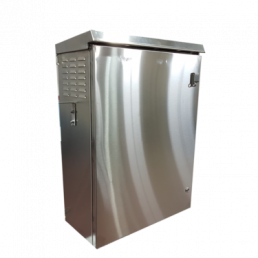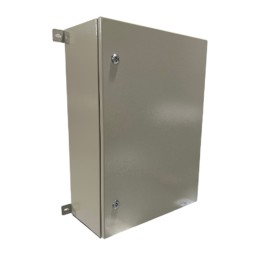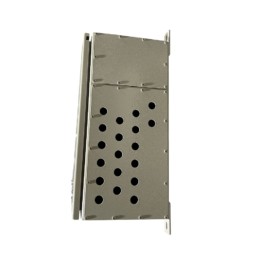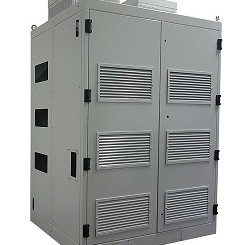Armarios eléctricos
Fabricamos armarios y cuadros metálicos para el sector eléctrico. En este sector nuestros productos, siempre con las directivas marcadas por el cliente, cubren un amplio abanico de posibilidades: desde celdas de media o alta tensión, armarios para centros motores, armarios rack 19”, y armarios eléctricos para intemperie cumpliendo los estándares IP o NEMA.
Estos armarios eléctricos se fabrican tanto en chapa galvanizada como en acero inoxidable (con acabado pintado o sin pintar).
Sienta tranquilidad, en Delinte sabemos lo que hacemos
Nos hemos especializado durante años, entre otras cosas, en la fabricación de armarios para el sector eléctrico y electrónico. Diseñamos según planos y necesidades para el posterior montaje y posicionamiento de los diferentes conectores, aparatos de medida y controladores.
Poseemos la capacidad técnica para la realización de prototipos y desarrollos metálicos industriales para conseguir piezas únicas para cualquier sector industrial. Contamos con un personal cualificado y con gran experiencia en todas las áreas, tanto productivas como técnicas, dando apoyo a la red comercial y de gestión administrativa.





